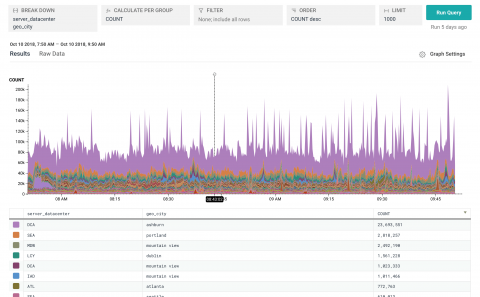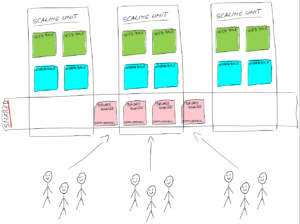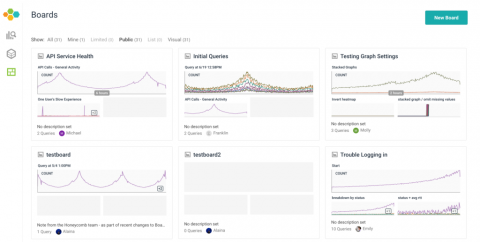Honeycomb and Rookout: An Integration That Finds the Dots to Connect
You probably know that Honeycomb is the most flexible observability tool around. Its powerful high-cardinality search makes working with real raw data quick and easy. But as you may have learned through hard experience, fetching those dots can still be quite a challenge.










